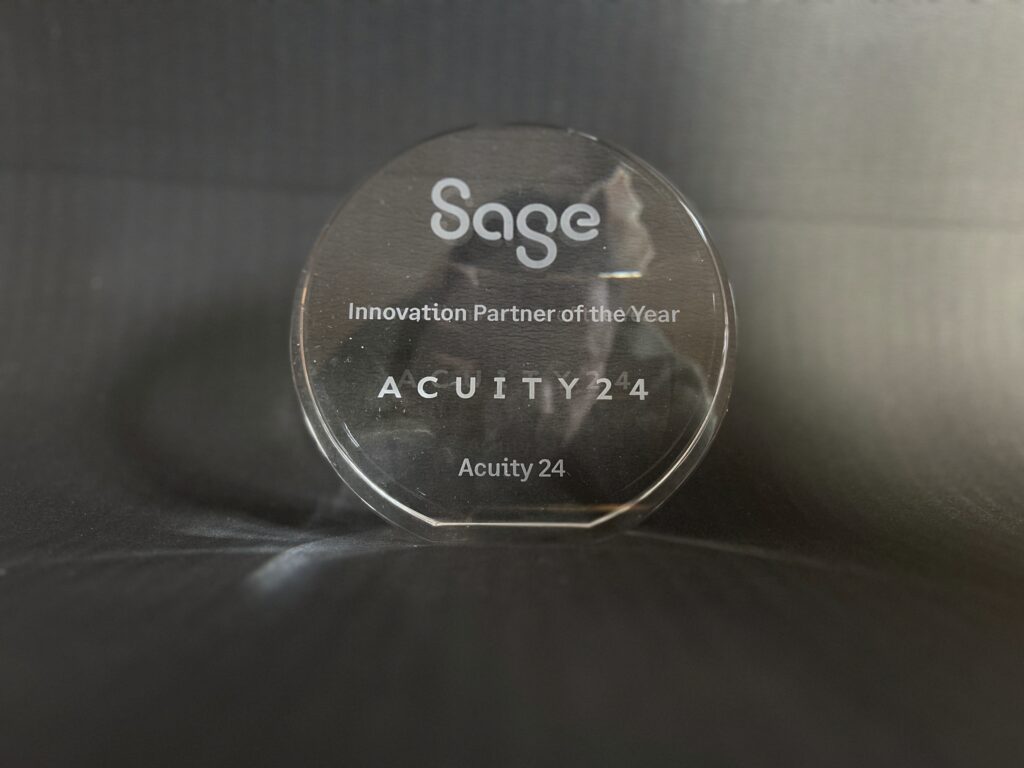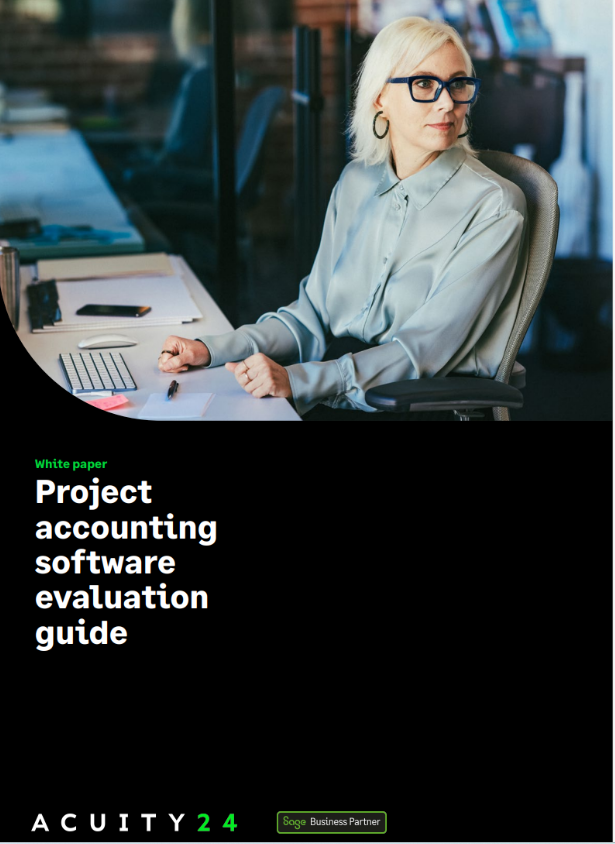Sage Upgrades and Migrations content

Post
The Role of Automation in Modern Financial Management
Finance teams are under increasing pressure to deliver faster insights, tighter controls, and greater strategic value, all while managing growing complexity. Manual processes and spreadsheet-based workflows simply can’t keep up. This is where automation, powered by modern cloud solutions like Sage Intacct, is reshaping financial management. By automating routine tasks and centralising financial data,…
Read More
Post
Why Recruitment Agencies Should Consider Sage Intacct
The recruitment industry moves fast, often faster than traditional finance systems can keep up with. This post explores the reasons many recruitment organisations are turning to financial management solutions like Sage Intacct to manage their complex accounting requirements. 8 Reasons Recruitment Agencies Love Sage Intacct Recruitment Agencies are juggling high-volume…
Read More
Post
Remote Work: Redefining Finance Teams
Remote work has reshaped the way businesses operate, and finance teams have experienced some of the most dramatic shifts. Once centred around shared workspaces, in-person approvals, and physical documentation, modern finance teams now work in digital, distributed environments where collaboration, motivation, and data security must be reimagined. Remote Work Challenges and…
Read More
Post
A Triple Celebration for Acuity24 with Three Prestigious Sage Awards!
Acuity24 are thrilled to share that we’ve been honoured with three Sage awards for Financial Year 2025. The first award recognises us as a winner of the FY25 Sage Platinum Club for Partners in the category of Top EMEA Services Innovation Partner. This prestigious award celebrates outstanding achievements in innovative service delivery and continued commitment to customer success. Acuity24 Managing Director, Stephen Clarke, shared: “Innovation…
Read More
Post
Data-Driven Decisions: The Analytics Advantage with Cloud Accounting
The pressure is on for finance leaders to provide deeper insights, faster reporting and more accurate forecasts in an increasingly competitive business environment. This post explores how leveraging data analytics is fast becoming a game changer. Harnessing real-time data and advanced analytical tools is helping businesses transform their financial management processes, make better decisions, and create a stronger foundation…
Read More
eBook
Project Accounting Software Evaluation Guide
For organisations managing multiple projects, having the right accounting software can help improve project profitability through real-time data, workflow automation and advanced forecasting tools. Read our free Project Accounting Software Evaluation Guide to see how cloud accounting solution, Sage Intacct can help.
Read More